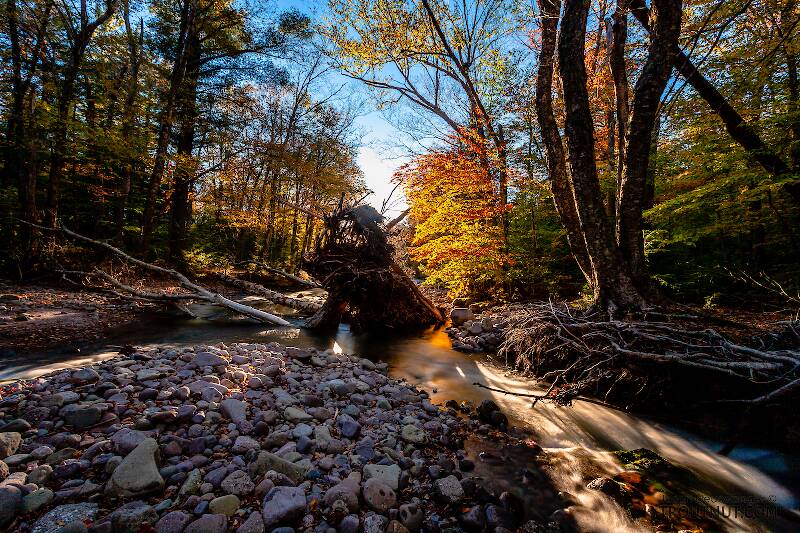
Salmonflies
Pteronarcys californica
The giant Salmonflies of the Western mountains are legendary for their proclivity to elicit consistent dry-fly action and ferocious strikes.


Mayfly Species Drunella allegheniensis
Species Range
Identification
To determine whether a specimen of Drunella belongs to Drunella allegheniensis, use the Key to Species of Drunella Nymphs.
Physical description
Most physical descriptions on Troutnut are direct or slightly edited quotes from the original scientific sources describing or updating the species, although there may be errors in copying them to this website. Such descriptions aren't always definitive, because species often turn out to be more variable than the original describers observed. In some cases, only a single specimen was described! However, they are useful starting points.
Nymph
A species of the fuscata (now a synonym of Drunella walkeri) group, allied to E. tuberculata (now a synonym of Drunella tuberculata). Only the nymph is known. Separated from the latter species by the greater development of the occipital and thoracic tubercles, the widely flaring lateral margin of segment 8, and the lack of long hairs on tergites 8 and 9. See fig. 51.
Short blunt frontal horns are present, and a frontal shelf which is slightly notched laterally (see fig. 151e). Occipital tubercles high and prominent. Tubercles present also on the pronota and mesonota. Fore femur with numerous spines on the anterior margin and a few on the posterior. All femora flattened, the fore femur widest. Tibial ‘thumb’ well developed. Fore tarsus distinctly widened apically. Dorsal abdominal spines present, best developed on tergites 5-7. Gills borne on segments 3-7. No fringe of hairs on the posterior margin of tergites 8 and 9, as in tuberculata. The lateral extension of segment 8 flares outward widely at about the middle of its length. General color (in life) greenish brown with black markings. A transverse black band between the eyes; black streaks on the occipital tubercles; wide and prominent black markings on pronota and mesonota; black lateral patches on abdominal tergites 3, 4, 6 and 7. Legs yellowish with indistinct brown markings. Venter of abdomen yellowish; a lateral row of black dashes on each side; black submedian streaks; and a curved row of four black dots. Tails yellowish to reddish brown; near the middle, 4 or 5 narrow bands of white.
Start a Discussion of Drunella allegheniensis
References
- Needham, James G., Jay R. Traver, and Yin-Chi Hsu. 1935. The Biology of Mayflies. Comstock Publishing Company, Inc.
Mayfly Species Drunella allegheniensis
Species Range
Resources
- NatureServe
- Integrated Taxonomic Information System
- Global Biodiversity Information Facility
- Described by Traver (1934)

